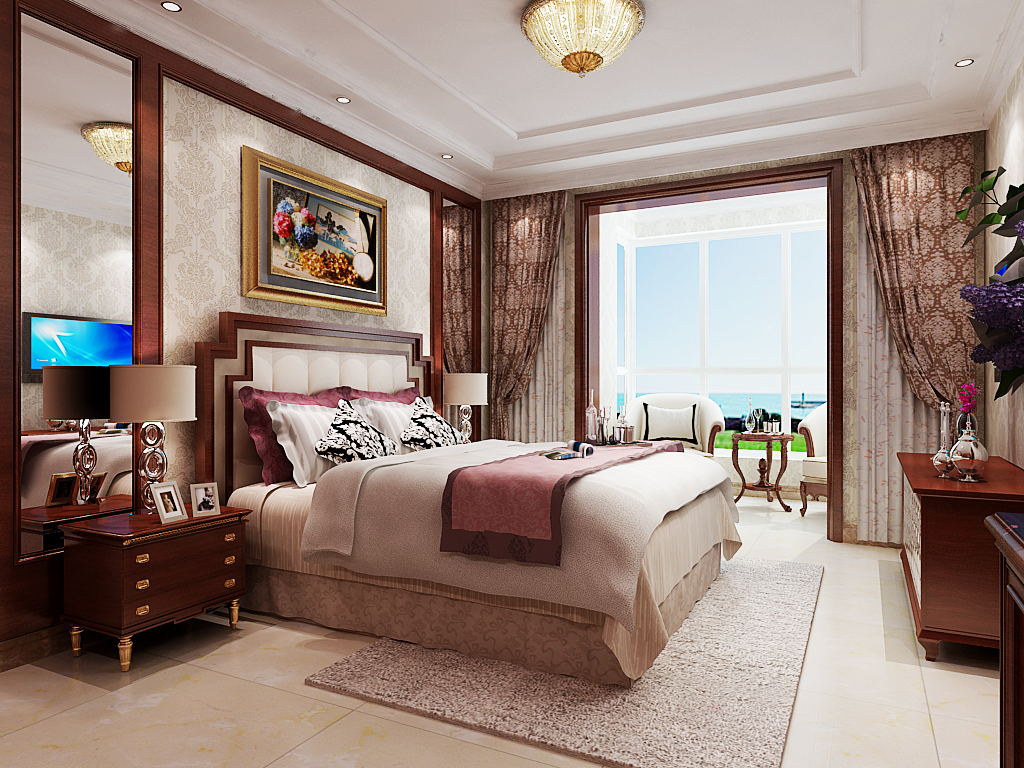
What is LVP flooring? If you're looking for a way to give your home the look and durability of natural hardwood, you'll find that you have many choices. LVT is an abbreviation for the name vinyl wood veneer, which is basically what it sounds like. It's a high quality flooring product that look like hardwoods, but is very light. Since it's almost entirely made up of vinyl, it's extremely durable and can handle many forces and foot traffic.
This type of flooring offers the benefits of wood with the appearance of tile, marble, or linoleum. Basically, it's made from several layers of plastic, usually vinyl, placed over a layer of sturdy, rough-surfaced plywood or another natural hardwood sub-floor. The goal of LVT is to duplicate the appearance of real hardwood, yet without the bulk, weight, and installation headaches associated with installing real wood. The best thing about it is that it can provide homeowners with the visual appearance of expensive tile or marble in their homes.
In addition to its lightweight convenience, there are some other advantages to what is LVP flooring. For example, it's a fire-resistant flooring option. Some fire resistant flooring materials are heavy and bulky. With what is LVP, you can avoid that look because it's a flexible product made of lightweight plastic layers with water-resistant additives. This means that it can be installed over just about any surface without problems.
What makes what is LVP flooring so attractive is that it's simple to install: You can install individual planks as individual units or you can install the planks in sets, also known as an interlocking system. You can even install it using tongue-and-groove technology, which gives you more control over the design of your floors. Basically, each plank is connected to every other planks by a series of click together tongues and grooves. There are no seams or holes in what is LVP flooring, so it's easy to install your floors, no matter what your experience is.
Also, what is LVP flooring is a bit more affordable than other types of luxury vinyl plank flooring. This flooring can cost up to three times less than traditional hardwoods. It can even save you money on installation costs, because installing this type of flooring requires no nails or screw hooks. It's made with PVC (polyvinyl chloride), which is durable enough to stand up to daily wear and tear. Plus, you can choose various colors and patterns for your floors so they blend beautifully with your decorating scheme.
If you want true moisture resistance, you might consider installing this type of flooring. The reason why it's ideal for high humidity areas is that the planks have a textured surface. The top surface has tiny cracks or small imperfections that reflect any water vapor that might be present. So moisture from the air doesn't pool on the floor, creating dangerous mold or mildew. This is especially crucial if you have an exterior wooden floor that you want to protect from the elements.
Also, what is LVP flooring also has a smooth subfloor surface. You won't have to worry about the planks slipping when you walk on the planks. The subfloor is made of a thick synthetic material that won't dent, chip, or scratch. Plus, you get a smooth, even surface for a clean look. Since the vinyl planks are glued together, you can also use a wood or laminate subfloor instead of having to install a solid subfloor.
The main differences between laminate and solid are the types of layers. With a single vinyl planion, you have one solid layer, then two or more plies layers underneath. With LVP flooring, there are two layers. One of them has the clear plastic layer that covers the major imperfections in the original design. Then another clear layer will be installed to create the pattern of the main pattern of the wood or laminate planks.








